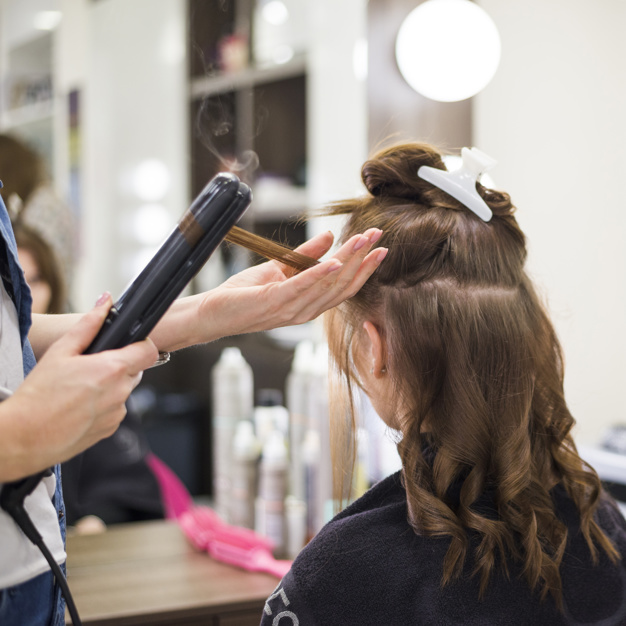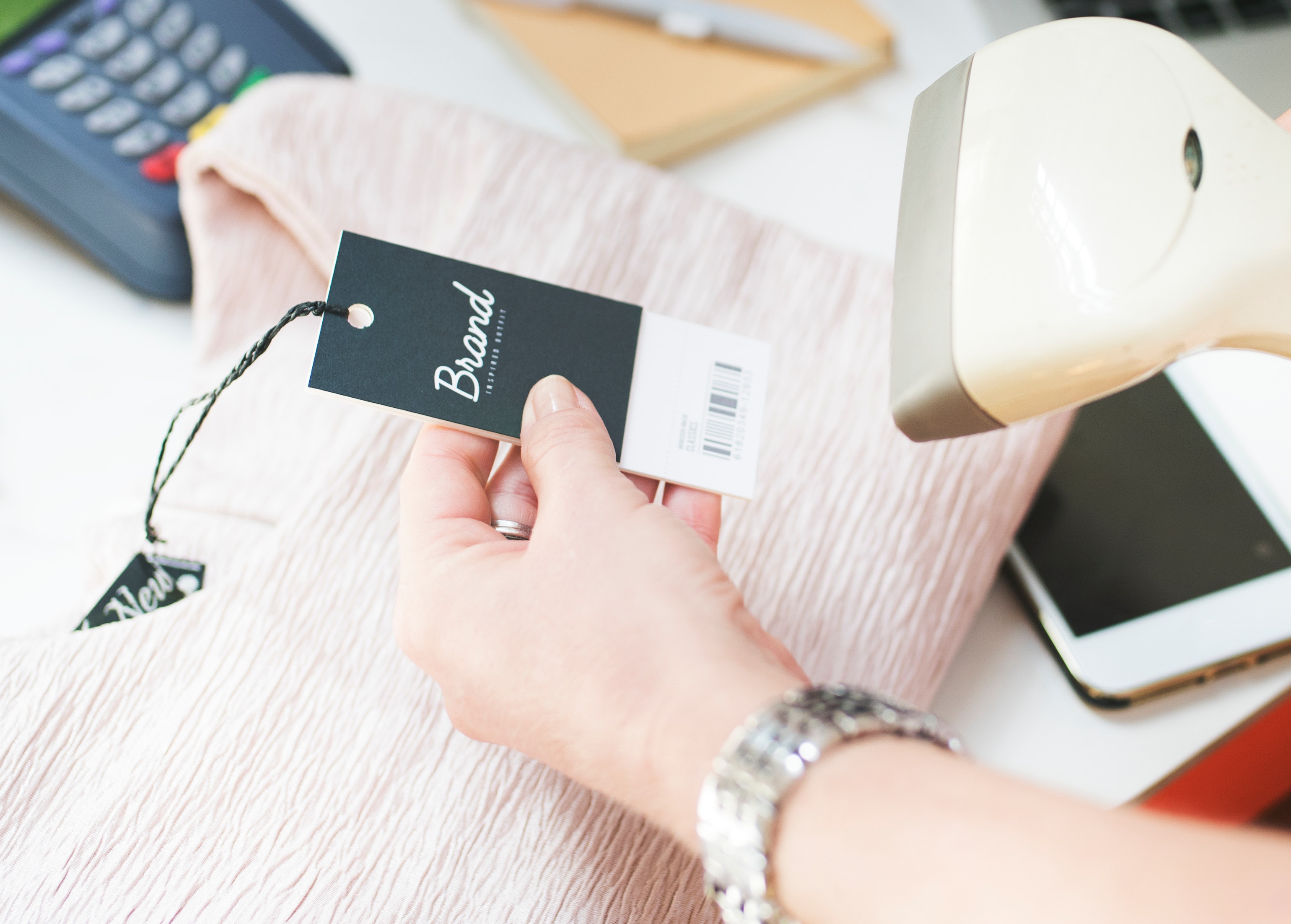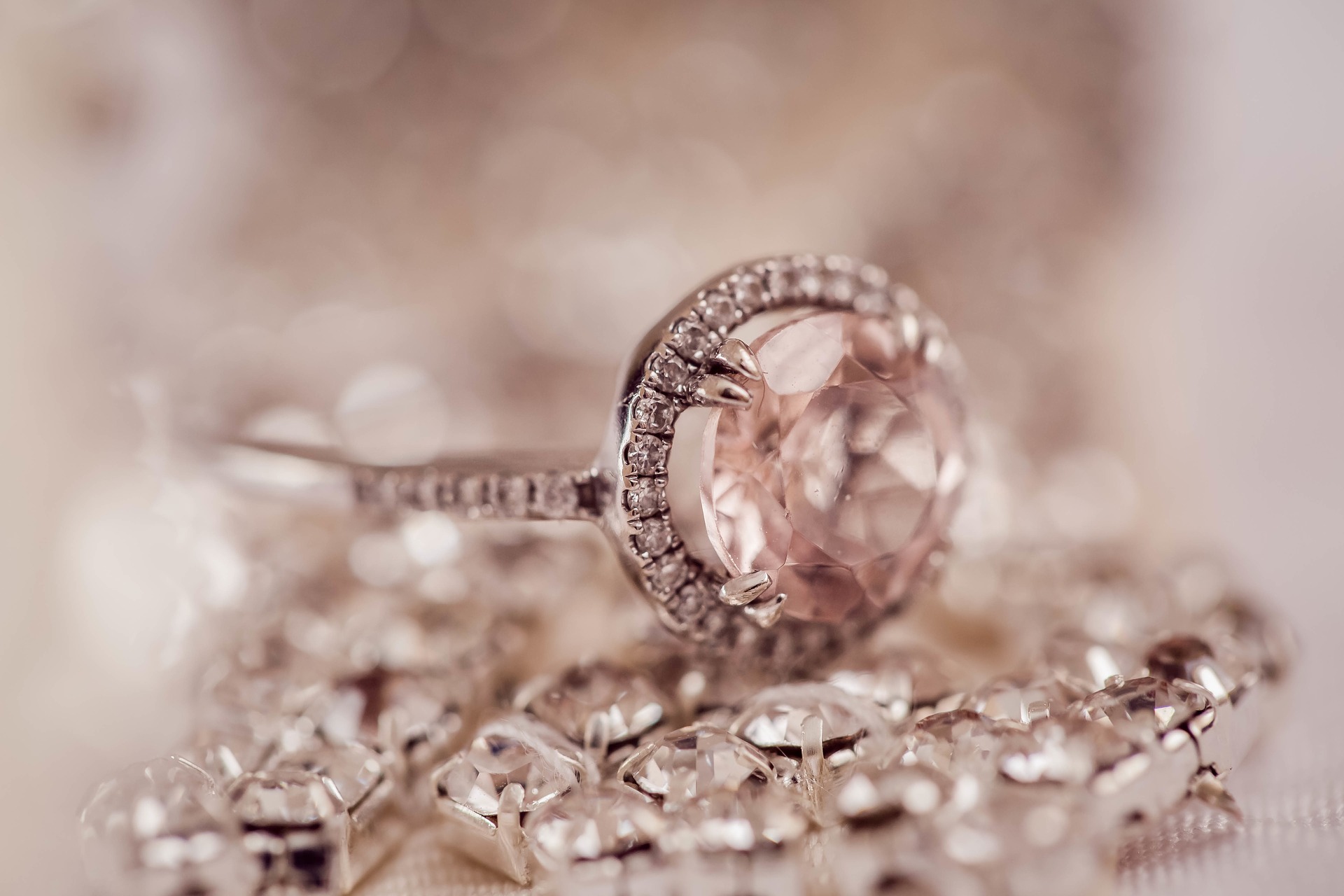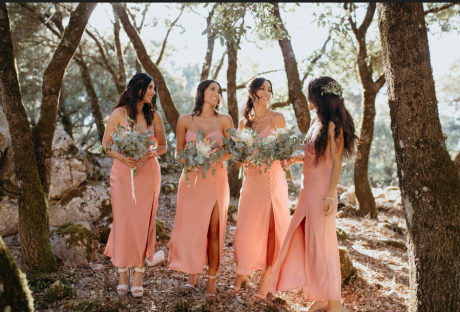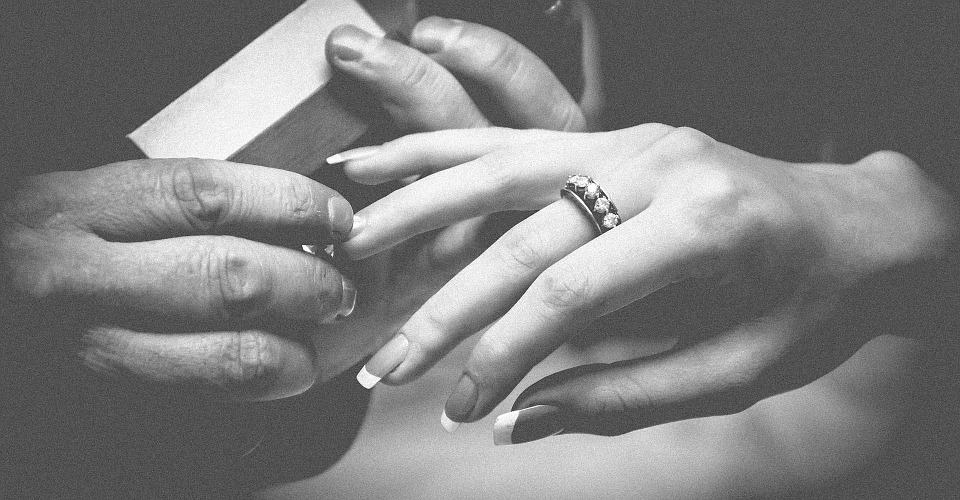Having your hair looking flawless at all times gives you a great feeling and creates a sense of self-confidence. No matter the hair type, texture or color, we all would like to have our hairstyle groomed by a salon expert as frequently as possible. No one can resist the reward of perfect locks done by a professional, especially when preparing for that special event or appointment – it can actually be your winning charm. However, visiting your hairstylist on a regular base is very expensive and time-demanding. All is not lost! The following tips can help achieve the same flawless look in any situation, from your home and without breaking the back.
5 Tips to Give your Hairstyle a Perfect Look:
1. Learn how to Wash Your Hair Correctly :
Though cleaning your hair regularly is important to remove dust, debris and excess oil which may have accumulated on the strands, avoid daily hair wash. Over-washing can be damaging as it removes all the natural oils leaving the hair dry and weak. Washing twice a week is enough or three times a week if you apply mouse, gel, anti-frizz or hair sprays. You must choose the best shampoo for straight, curly, thick and coarse hair depending on your hair type. To ensure the best results:
- Massage your scalp gently with shampoo for about a minute. The massage prevents dandruff as well as increases circulation. If you have curly or wavy hair, it is advisable to use sulfate-free products to prevent frizz and rinse with clean water.
- Rub conditioner from the hair edges to the root. You may leave the conditioner for about 10 minutes if you want your hair to look soft and silky.
- Use slightly warm water to wash the hair and rinse it with cold water. This locks in moisture giving your strands a shiny look.
- Blow-dry your hair correctly – Using the cool setting and holding the dry a distance to protect the hair from excess heat.
2. Know the Hair Styles that Works Best for You :
You can make or break your appearance with a hairstyle. It is, however, important to know the best style that matches your facial shape, hair type and lifestyle. Some styles may look elegant for the office, some for an athlete while others are only fit for the artist, so it is critical to consider your professional among other daily activities you are involved in. You can try on several styles and choose at most three that are suitable for you or consult a professional stylist on the best style for your hair type.
3. Choose your Care Products Carefully :
Maintaining your hairstyle naturally can be the best option whenever possible. At times you may have to use a range of products for various reasons. It is important to choose products that only make your hair better. Products made from natural ingredients such as olive oil, green tea, avocado and coconut oil among other works the best.
4. Eat Health Food :
Your hair’s health starts with a good diet. If you want your hairstyle to look flawless at any time, you need to take in foods that are rich in nutrients and minerals that support hair growth. These include:
- Fatty acids such as omega-3 fatty acids which promote healthy nails, hair and skin.
- Vitamins B6, B12 and folic acids found in bananas potatoes, spinach, meat, fish, chicken, dairy products and fruits.
- Proteins from red and white meat, soybeans and egg yolk.
5. Stick to the Golden Haircare Tool Rules :
You need to invest in quality tools to keep your hairstyle neat and impressive. You can get the best hair tooltips from hairclippersclub.com with the best recommendations for your budget. Buying the best hair trimmer, comb, brush and any other necessary hair grooming equipment make your self-grooming experience smooth and hassle-free. Learning how to use the tool correctly and for the right purpose is also very important to avoid hurting your hair or damaging your hair.
Read Also :













